The main reason for this phenomenon is that China’s labor costs continue to increase. Compared with Southeast Asian countries, Japanese companies’ production costs in China are constantly rising. With the rapid development of China's economy, labor costs increased at a rate of 15% per year during the 10 years from 2001 to 2010. In addition, the annual Spring Festival holiday also makes many employers suffered a "labor shortage," and it is difficult to guarantee production for a time. Therefore, these companies have to find alternative ways to set up factories in Southeast Asian countries with relatively low labor costs and implement the “China Plus One†strategy, so as to reduce production costs as much as possible and ensure corporate profits. Some Japanese experts believe that in the long run, with the influx of foreign capital, labor costs in Southeast Asian countries will also continue to grow. Japanese companies need to develop diversified strategies to deal with this change.
Embroidered NET Lace trimming with mesh: available in many colors, you pick up the color
* Soft and Romantic.
* This fresh embroidery lace is perfect for garment accessories decoration, apparel, curtain, home decor , table fabric, shoes.wedding dress ...etc.
|
Name |
crochet Cotton lace trim |
|
Size |
10mm-12mm or customer advise size ,OEM,ODM |
|
Material |
100% cotton |
|
Technique |
Woven |
|
Color |
raw white stock sellinig DTM color yarn dyed |
|
Sample |
Free buyer bear shipping charge |
|
Sample lead time |
available or 3-5days |
|
Delivery time |
about 7-12days(Depend on the total quantity) |
|
Package |
Inner: 300 yards/with transparent bag or customer advise Outer: carton with woven bag |
|
Payment |
T/T, ,Western Union, Money gram, Paypal,L/C |
|
Payment term |
30% deposit, balance before sending goods to buyer |
|
Transportation |
Ship by DHL ,UPS ,FedEx, TNT ,EMS, Air or Sea etc |
|
Remark |
For more details pls contact with our sales online or send mails |
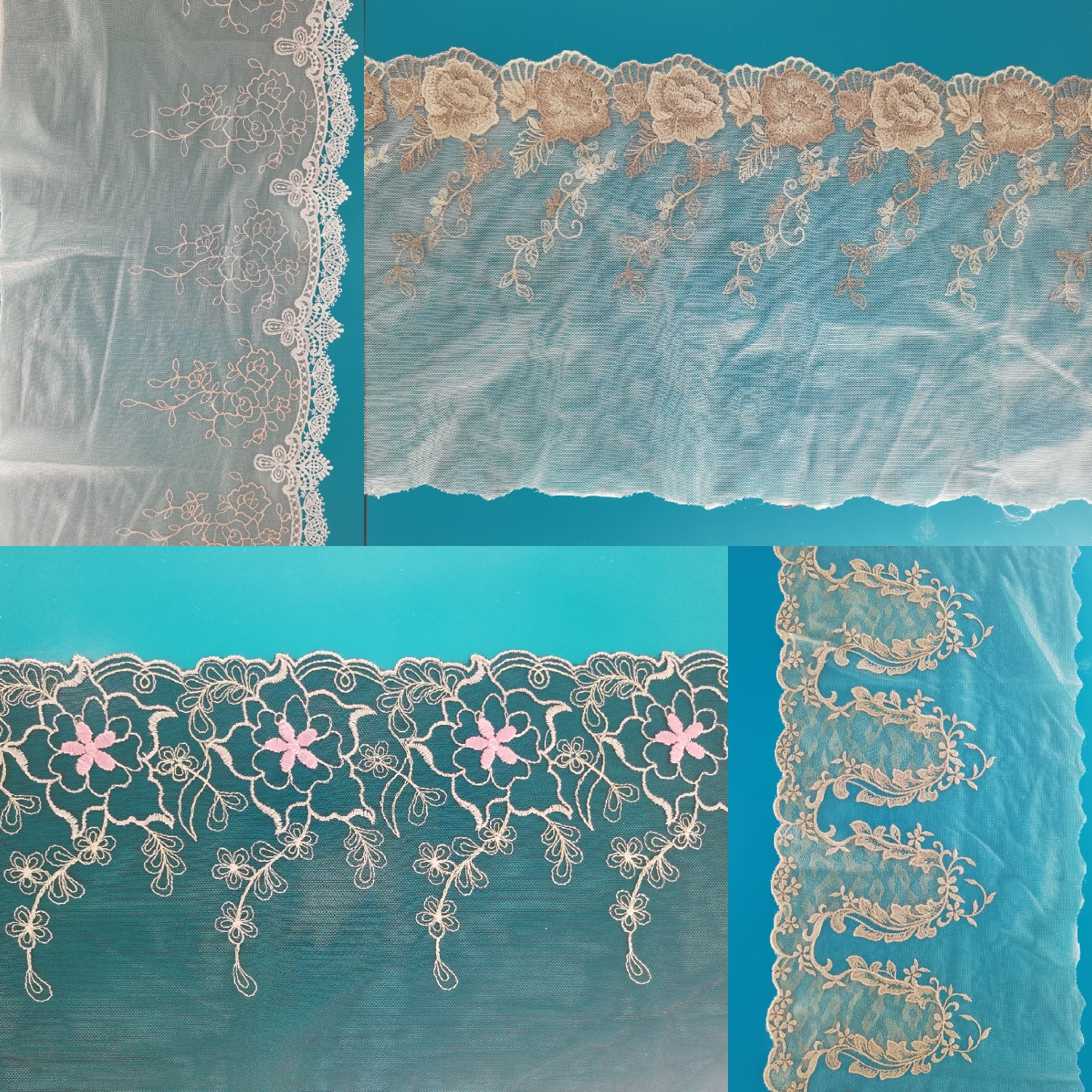
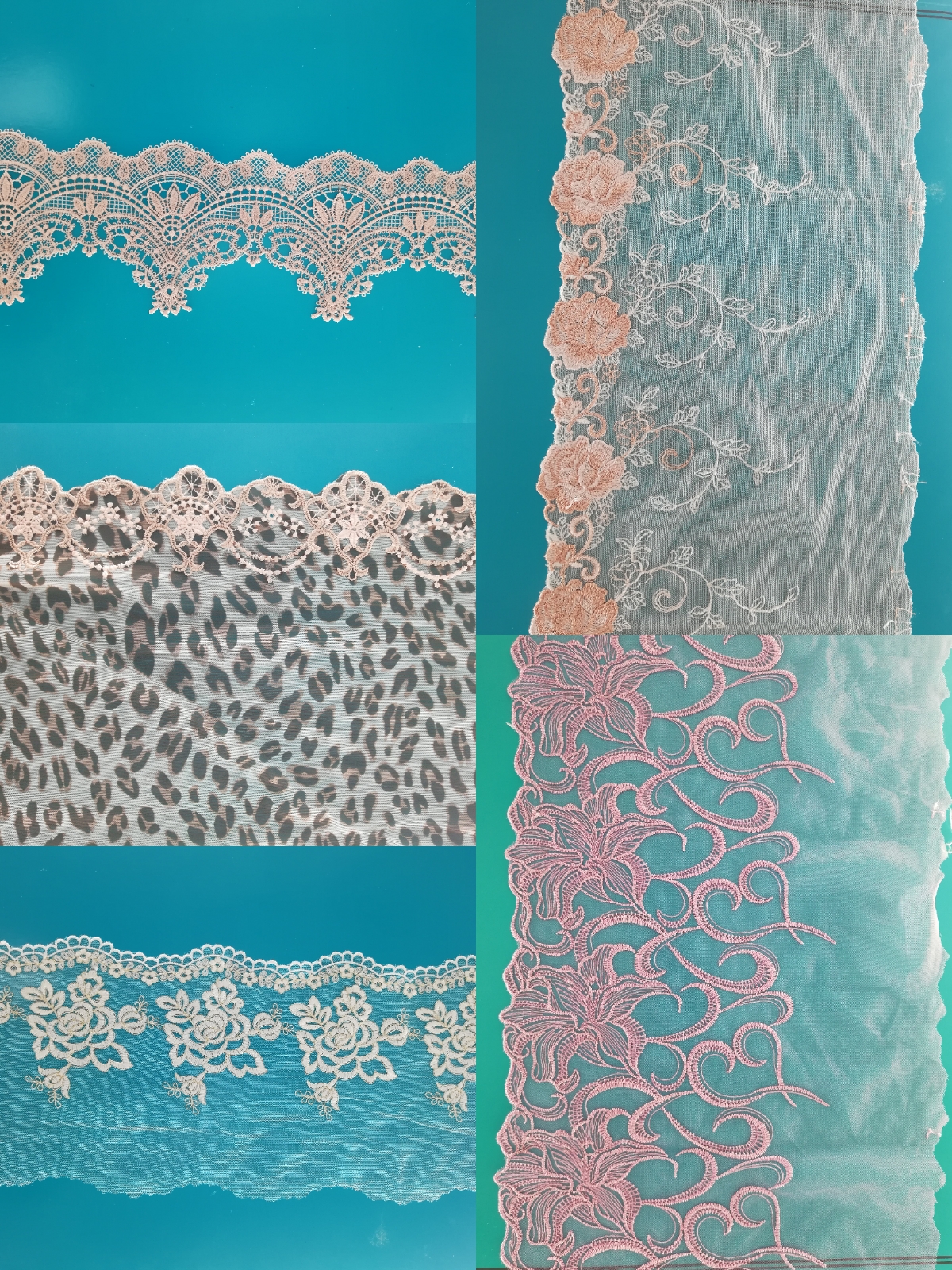
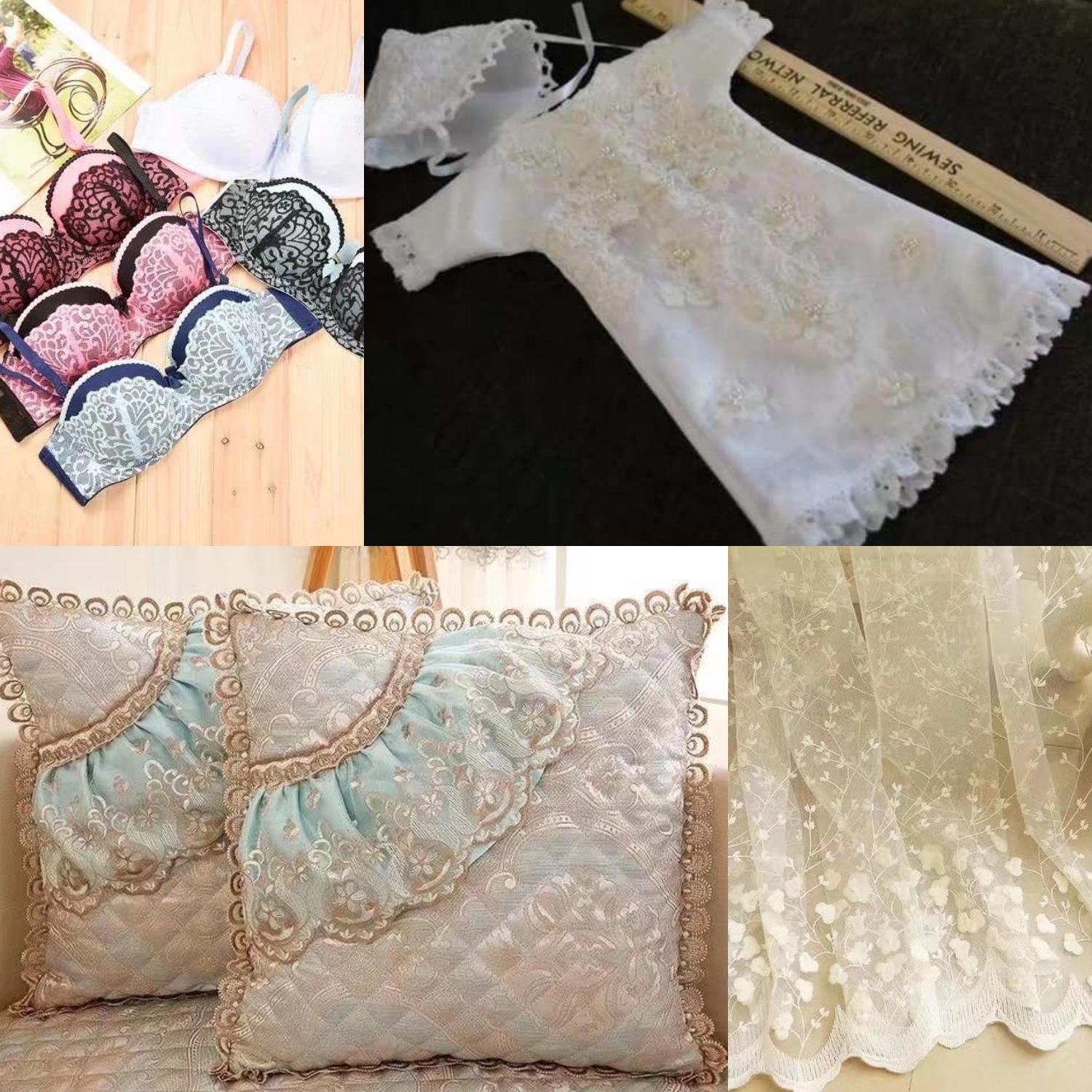

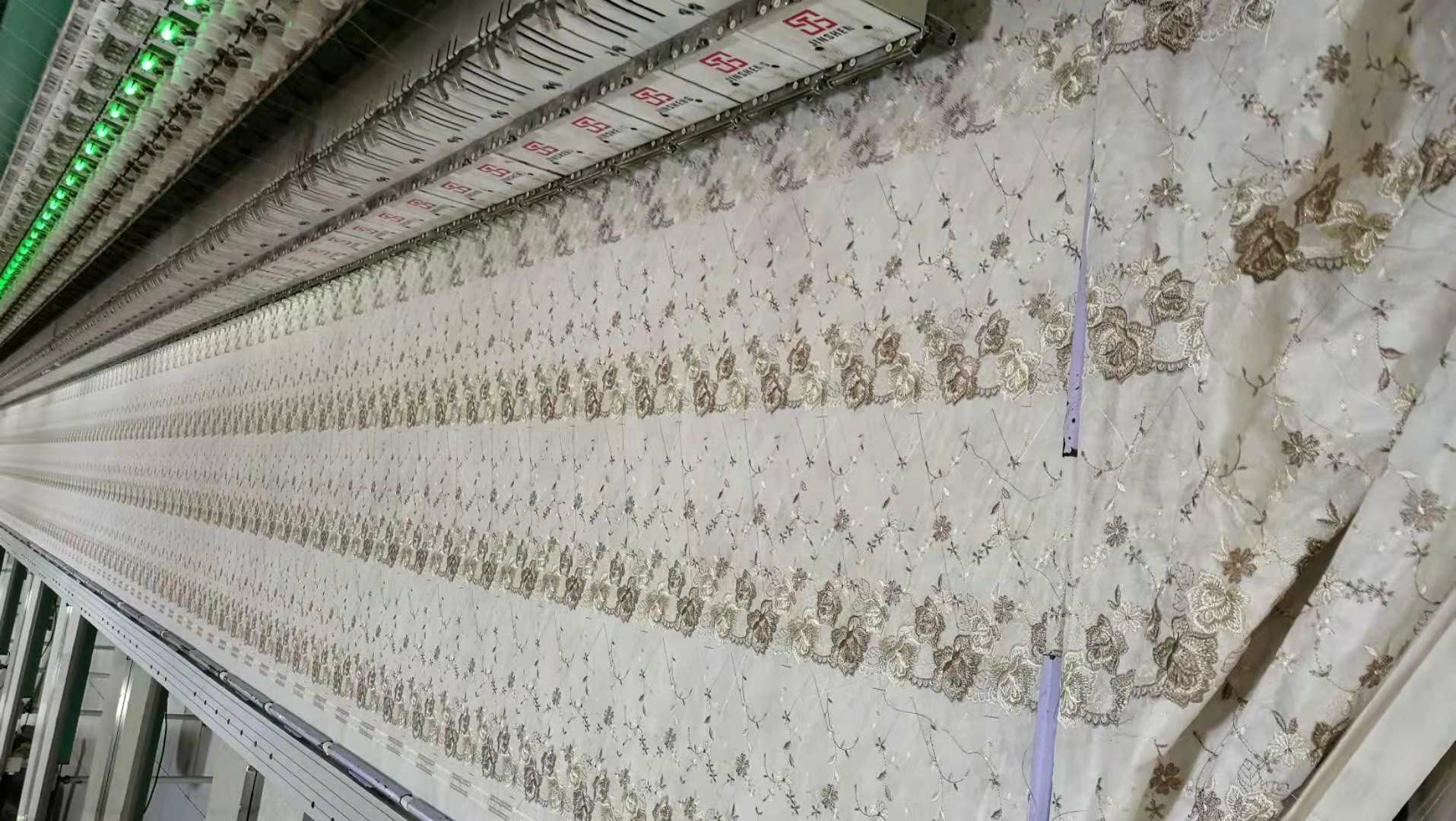
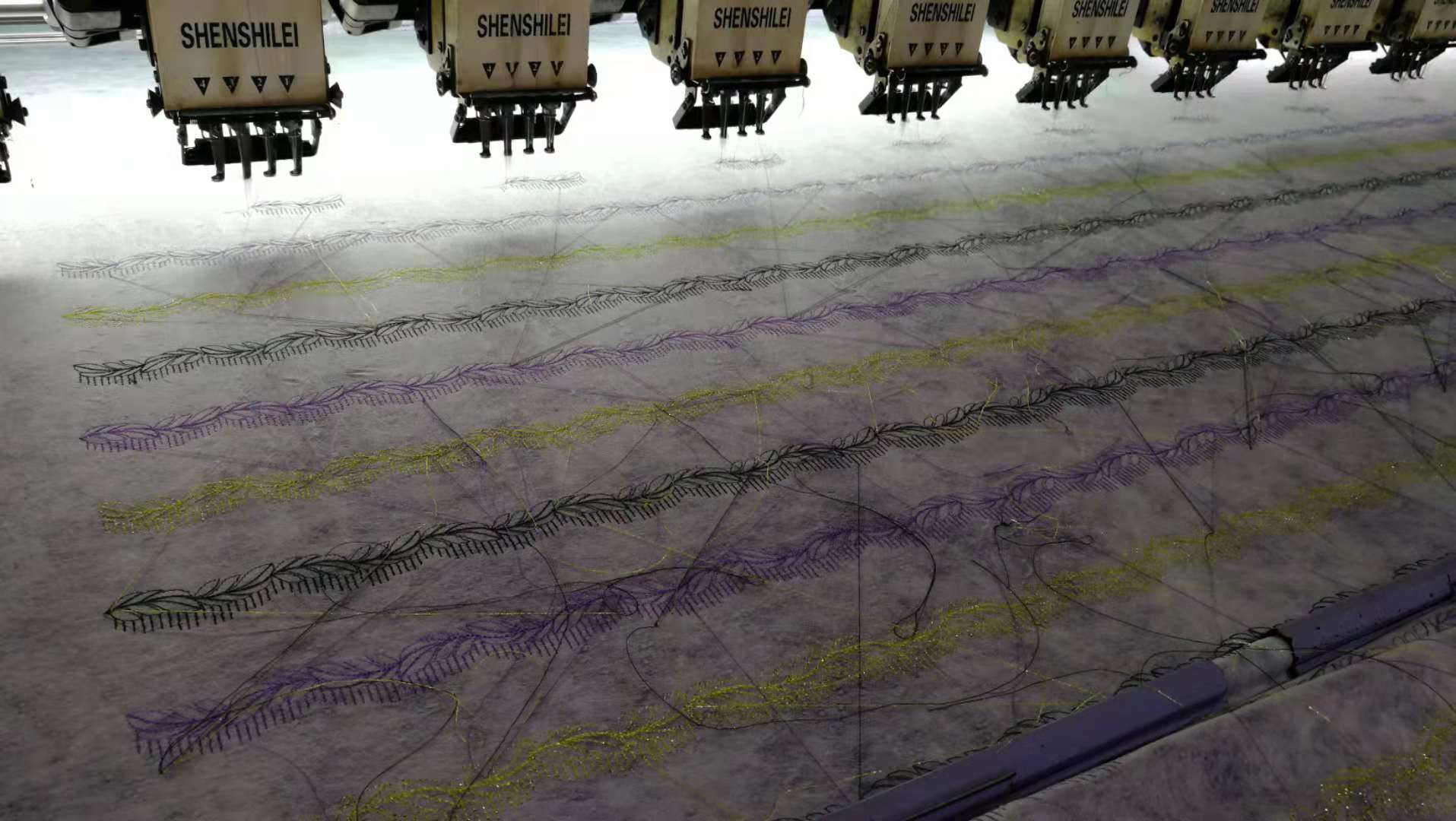
Net Lace Trimming,Embroidered Tulle Fabric,Net Lace Fabric,Black Lace Fabric
DONGGUAN SHITAI ACCESSORY TEXTILES CO.,LTD , http://www.stsewingcraft.com